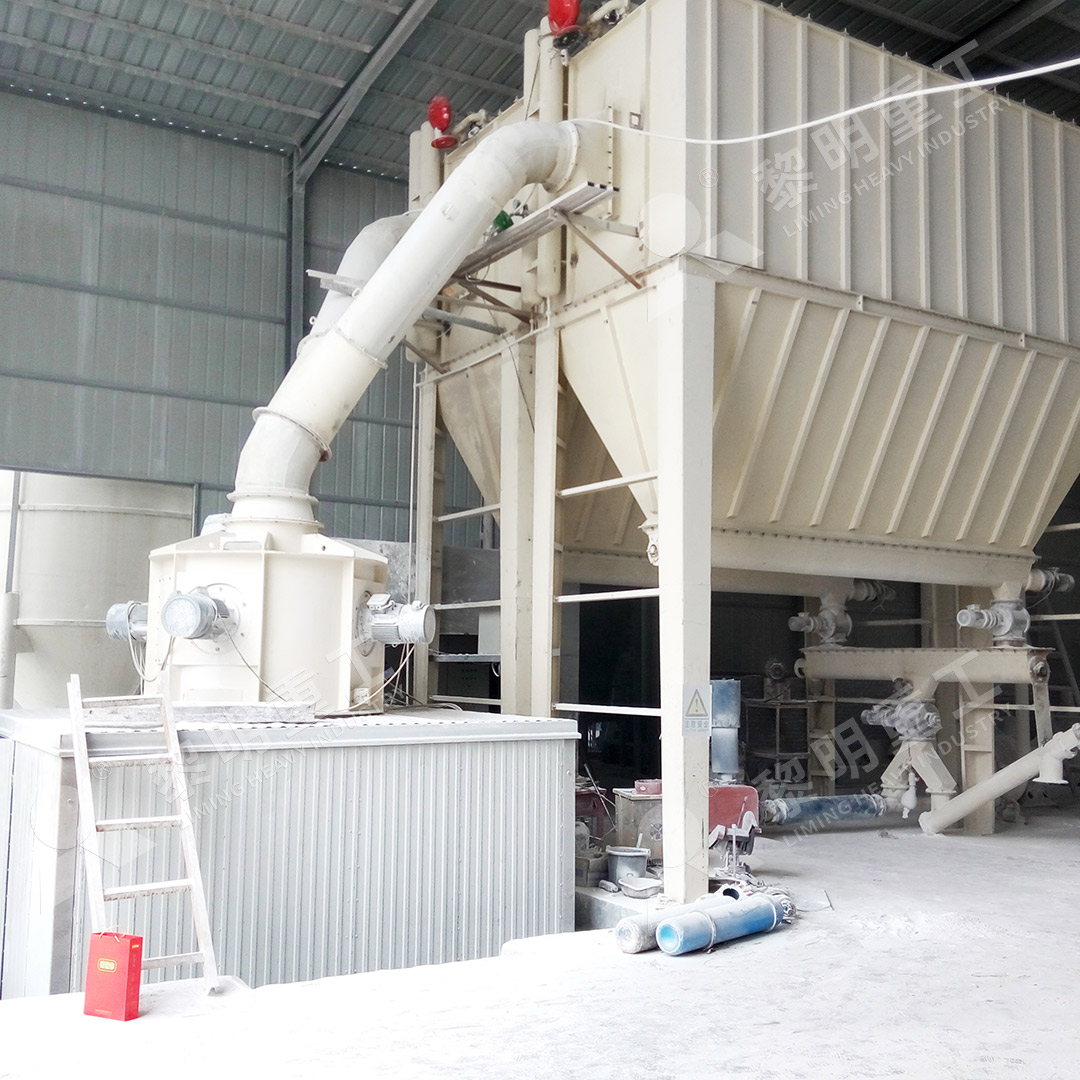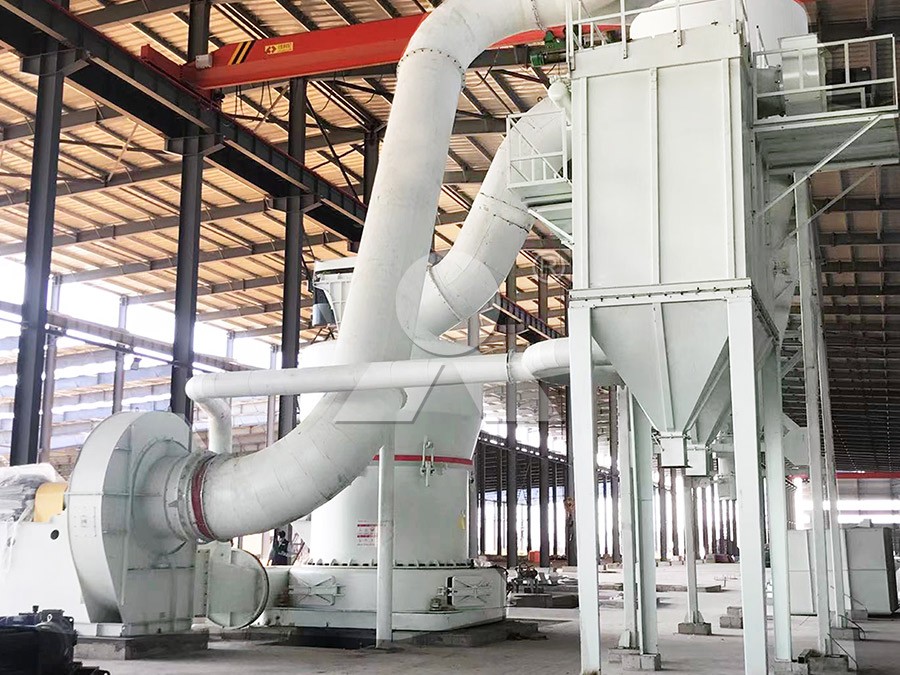Specification of Cement Ball Mill: Capacity, Power, and Design Data
We provide a wide range of mills — including Raymond mill, trapezoidal mill, vertical mill, ultrafine mill, and ball mill, obtained ISO9001 international quality certification, EU CE certification, and Customs Union CU-TR certification. Suitable for processing minerals such as limestone, phosphate, quicklime, kaolin, talc, barite, bentonite, calcium carbonate, dolomite, coal, gypsum, clay, carbon black, slag, cement raw materials, cement clinker, and more.
The discharge range of these mills can be adjusted to meet specific processing needs, typically from 80-400 mesh, 600-3250 mesh, and can achieve the finest particle size of up to 6000 mesh(D50).
If you are looking for a reliable grinding solution to turn stone or minerals into fine powder, please feel free to contact our online customer service.
Specification of Cement Ball Mill: Capacity, Power, and Design Data
Cement ball mills are fundamental peices of equipment in the grinding circuits of cement plants worldwide. Their design, capacity, and power consumption are critical factors that directly impact operational efficiency and production costs. A well-specified ball mill ensures optimal grinding of clinker and additives to produce the desired cement quality while minimizing energy expenditure—the single largest cost component in cement grinding operations.
Key Design Parameters and Capacities
The design of a cement ball mill revolves around several key parameters: the mill’s diameter and length, the size and grading of the grinding media, the liner profile, and the drive system. Capacities for industrial cement ball mills typically range from 20 tph for smaller operations to well over 150 tph for large production lines. The power required to drive these mills is substantial, often ranging from 1,000 kW for smaller units to over 10,000 kW for the largest mills, necessitating high-efficiency drives like gearboxes or ring motors.

The grinding process inside a ball mill is a combination of impact and abrasion. The rotation of the mill lifts the charge (a mixture of grinding media and material), which then cascades and cataracts, fracturing the clinker particles. The design of the chamber liners is crucial for efficiently lifting the charge, and the classification of the grinding balls ensures a progressive size reduction from the inlet to the outlet of the mill.
The Shift Towards High-Efficiency Grinding
While the traditional ball mill has been the industry workhorse for decades, the pursuit of lower energy consumption and higher efficiency has led to the development of advanced grinding technologies. For many applications, particularly where ultra-fine powders are required, vertical roller mills and specialized ultra-fine grinders now offer significant advantages.
For instance, our MW Ultrafine Grinding Mill represents a leap forward in grinding technology. Designed for customers who need to make ultra-fine powder between 325-2500 meshes, it boasts a capacity range of 0.5-25 tph. Its innovative design, featuring a cage-type powder selector with German technology, enhances grinding efficiency dramatically. With the same fineness and power, its production capacity is 40% higher than jet mills and twice that of a traditional ball mill, while system energy consumption is just 30% of a jet mill. Its unique construction, with no rolling bearings or screws in the grinding chamber, eliminates common failure points and allows for external lubrication without shutdown, enabling continuous 24/7 operation.

Power and Operational Considerations
Selecting the right mill involves a careful balance between required product fineness, capacity, and avialable power. Operational stability is paramount. Factors such as feed size (typically kept below 25mm for ball mills), material moisture content, and the use of chemical grinding aids all influence performance. Modern mills are also integrated with sophisticated control systems that optimize the load, pressure, and temperature to prevent issues like overgrinding or mill overload, which can lead to excessive power draw and mechanical wear.
For operations requiring even greater precision and efficiency in a vertical configuration, our LUM Ultrafine Vertical Grinding Mill is another excellent solution. With an input size of 0-10mm and a capacity of 5-18 tph, it integrates ultrafine powder grinding, grading, and transporting. It features unique multi-head powder separating technology and a PLC control system, reducing energy consumption by 30%-50% compared to common grinding mills. Its reversible structure, a considerate design for maintenance, allows operators to easily move the grinding roller out of the body for checking and replacing wear parts, significantly reducing downtime and associated losses.

Conclusion
Specifying a cement ball mill is a complex process that requires a deep understanding of process requirements, material characteristics, and economic objectives. While the robust ball mill remains a viable and well-understood option, embracing newer technologies like our MW and LUM mills can unlock substantial gains in energy efficiency, product quality, and operational reliability, future-proofing your grinding operations in an increasingly competitive market.
